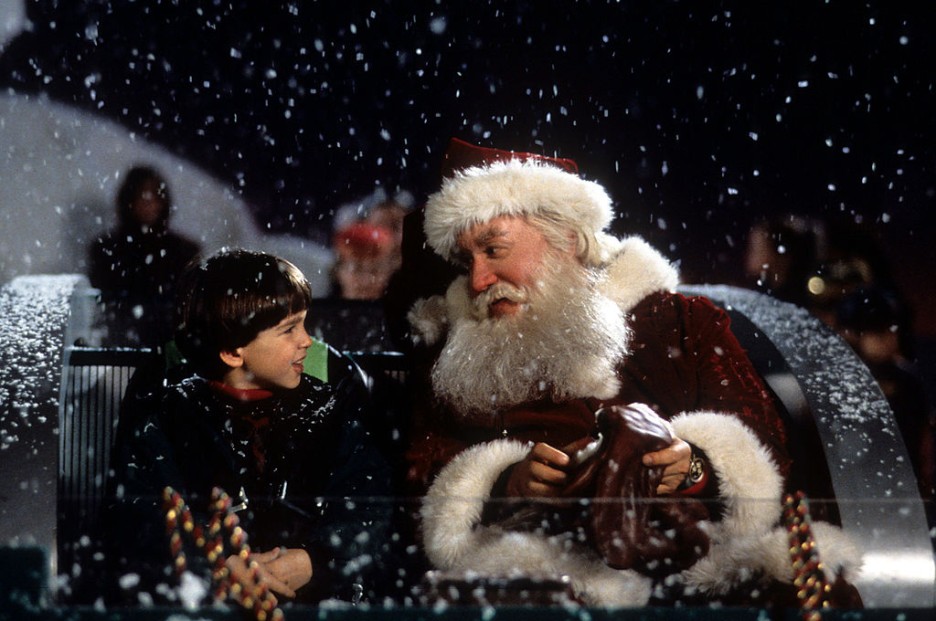Where Did Santa Claus Originate? History, Real Name & Is He Real?

Christmas is almost here, and boys and girls all over the world are eagerly awaiting a visit from Santa Claus.
Most know the story of the legendary figure. Santa resides at the North Pole with his devoted wife, crafting toys with the help of elves. Throughout the year, children send him their wishes through heartfelt letters.
The legend continues with Santa maintaining a watchful eye on the "naughty list" and the "nice list," determining who merits gifts on Christmas morning.
On Christmas Eve, Santa hops on his sleigh, drawn by eight reindeer, to deliver presents to children's homes.
But where exactly did Santa Claus originate? Let's delve into the rich history of this legendary figure.
Is Santa Claus real?
While Santa Claus is undoubtedly a mythical character, he is believed to be based on the 3rd-century clergyman Saint Nicholas of Myra, part of modern-day Turkey.
Renowned for his benevolence, St. Nicholas dedicated his life to aiding the needy and became the Bishop of Myra.
His compassionate acts earned him the reputation of a protector of children and sailors.
Many stories have been told about his life, and one of them was about him providing dowries for impoverished girls.
According to legend, a poor man's three daughters were destined to be sold to slavery because they had no dowries and thus were unlikely to marry.
However, the family was said to have found bags of gold in stockings or shoes left before the fire to dry inside their home.
This tale led to the tradition of children hanging stockings or leaving out shoes to receive gifts from St. Nicholas. It also resulted in the clergyman becoming known as a gift giver.
St. Nicholas' feast day, celebrated on Dec. 6 (Dec. 19 on the Julian Calendar), became a day of merriment and gratitude.

How did the legend of Santa Claus begin?
In the 16th century, northern Europe witnessed a transformation in the stories of St. Nicholas due to the Reformation.
However, the need for a gift-giving figure persisted. In England, he became St Christmas or Father Christmas, while in France, he adopted the name Père Nöel.
The present giver varied across countries, with the "Christkind" emerging in parts of Austria and Germany.
The Dutch played a pivotal role in transporting the legend of St. Nicholas, known as "Sinterklaas," to New Amsterdam, now New York City.
Over time, the Dutch tradition evolved into the celebrated figure of Santa Claus in the early 1800s.

How did the modern-day image of Santa Claus come to be?
The contemporary portrayal of Santa Claus, with his iconic red suit and white fur trim, owes much to the artistic interpretations of cartoonist Thomas Nast in 1881.
Drawing inspiration from the poem "A Visit from St. Nicholas," Nast crafted illustrations for Harper's Weekly that shaped the world's enduring image of Santa.
The poem, originally published in 1823, contributed significantly to the modern conception of Santa as a jolly, rotund figure with a penchant for delivering gifts via a sleigh and reindeer.
Later, Coca-Cola advertisements by Haddon Sundblum from 1931 further solidified this image, portraying Santa as a genial, white-bearded man in a red suit.
While the roots of Santa Claus may be traced to the generous spirit of St. Nicholas, his journey through history has been shaped by cultural adaptations and artistic interpretations.

© 2025 Enstarz.com All rights reserved. Do not reproduce without permission.





